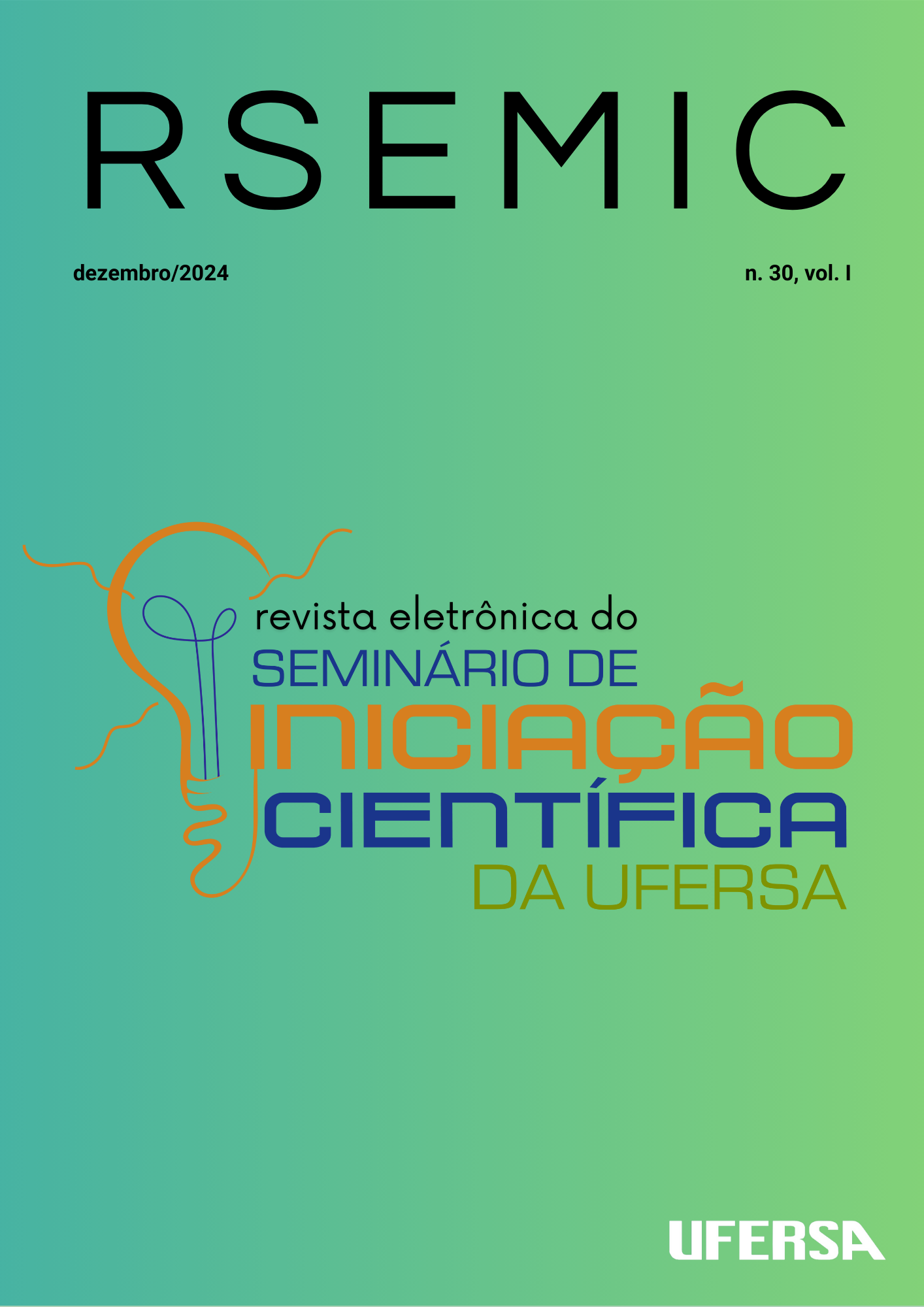Diagnose foliar em algodão colorido cultivado em solo com uso de pó de rocha.
Palavras-chave:
Gossypium hirsutum, remineralizador, nutrientesResumo
The cultivation of naturally colored cotton has proven to be a sustainable alternative for small and medium producers, reducing the need for industrial dyeing. However, the use of chemical fertilizers is still common to ensure the supply of essential nutrients for plant development. As a more ecological alternative, rock dust has been studied as a remineralizer, offering a natural source of nutrients and reducing the dependence on synthetic fertilizers. These practices can enhance sustainability and productivity in the colored cotton supply chain. In this context, the objective of this work is to evaluate the nutritional status of colored cotton cultivars in relation to the use of rock dust in a semi-arid region. The experiment was conducted at the Rafael Fernandes Experimental Farm (UFERSA), Mossoró-RN. The experimental design was a randomized block design in a 5x2 factorial scheme, with four replications. The treatments consisted of five doses of rock dust (0; 2.5; 5; 7.5 and 10 t ha-1) and two cultivars of colored cotton (BRS Topázio and BRS Jade). At 80 to 90 days after emergence, leaves were collected from the fifth position on the main stem, counted from the apex, during the peak flowering period, within the useful area of each subplot, totaling 16 leaf blades, without the petiole and adjacent to the bolls. The concentrations of phosphorus (P) and potassium (K) in the leaf tissue were determined. P concentration was determined by colorimetry using a spectrometer, while K concentration was determined by photometry using a flame photometer. The data related to the measured variables were subjected to analysis of variance, and if significant, Tukey's test (p≤0.05) and regression were applied using the SISVAR software. Rock dust influenced P concentrations, especially at the 2.5 t ha-1 dose and for the BRS Jade cultivar. The BRS Topázio cultivar showed higher K concentrations than BRS Jade.

